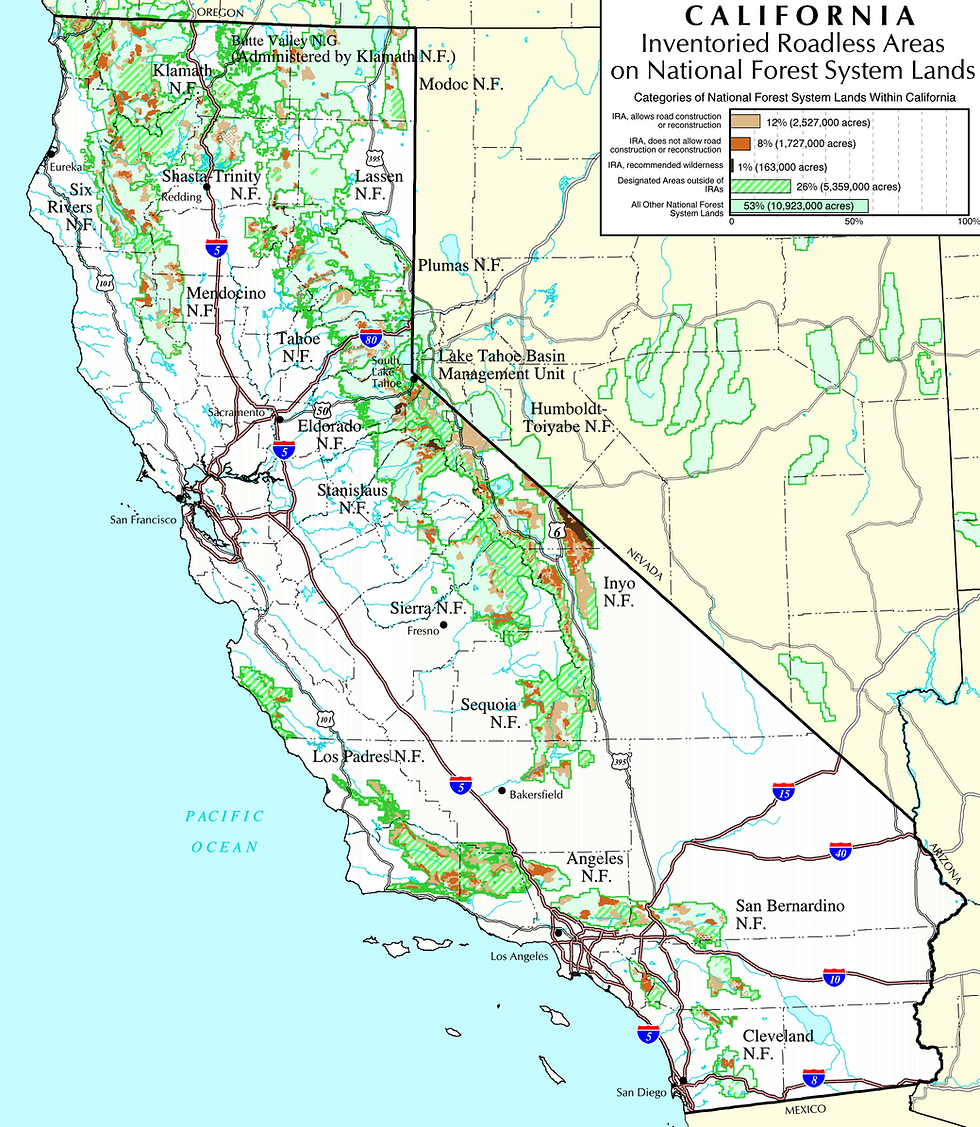Fish and Wildlife Service Sides with Timber Industry Over Owl Habitat
- Apr 28, 2020
- 2 min read

Spotted Owl. Photo by US Forest Service.
The U.S. Fish and Wildlife Service has sided with the timber industry, placing millions of acres of northern spotted critical habitat at risk, in a shady backroom deal unveiled earlier this month. Under the terms of this settlement, the Service has agreed to revisit their existing critical habitat rule by July 15, 2020 and finalize a new critical habitat rule by December 23, 2020. At risk is 9.5 million acres of habitat that the Service had previously decided was necessary for the recovery of the northern spotted owl. The story of how we arrived here is a helpful illustration of the ways that the Trump Administration has worked in lockstep with major extractive industries, including Big Timber.
The Service approved a critical habitat for the northern spotted owl in 2012. The habitat it designated represented that, which by the law, constituted those areas “essential to the conservation of the species” and was selected only on the basis of the best available science. Soon after the rule was approved, Big Timber challenged. Environmental groups sought to intervene in the lawsuit, arguing that we had an important interest in the litigation and that the federal government did not adequately protect our interest. Intervention was denied because, as the federal judge then found, the federal government supported the critical habitat rule and our groups therefore did not have a fundamentally different position from the federal government.
Then the Trump Administration happened. Despite briefing on the case being complete (and thus the case was ready for a judge to decide on the merits) the government caved: On April 13, in a settlement agreement filed with the court, the Service and the timber industry announced that the Service would re-do the critical habitat designation.
During the Obama Administration, anti-environmental forces claimed a grand conspiracy that enviros would sue and the agency would settle in favor of the environmental side. When Scott Pruitt was head of the Environmental Protection Agency (before he was “retired” under a cloud of ethics investigations), he famously declared that the agency would not settle any case with public interest groups. Now it is clear who is getting the favorable treatment in D.C.: Big Timber.
EPIC has been working to increase protections for the northern spotted owl, only to be hamstrung by delays and inaction. In 2012, EPIC petitioned the Service to “uplist” the owl from “threatened” to “endangered” under the Endangered Species Act. The Service has since missed numerous deadlines to complete their evaluation of our petition, forcing EPIC to send the Service a letter threatening to sue in January 2020.
The owl hangs in the balance. Population modeling suggests less than 50 years before the owl is extinct in the wild, a product of the combined pressure of habitat loss from logging and competition from the barred owl. Political games and backroom deals can now be added to the list of threats facing the northern spotted owl.





Comments